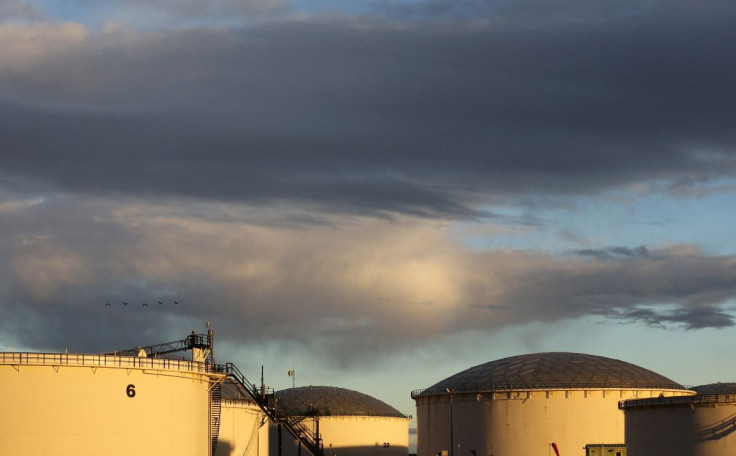Oil Falls On Lackluster U.S. Summer Gasoline Demand

Oil prices slipped on Wednesday, after U.S. government data showed lower gasoline demand during the peak summer driving season and as interest rate hikes by central banks to fight inflation fed fears the economy could slow, cutting energy demand.
Prices pared losses during the session after TC Energy said the Keystone pipeline, one of Canada's major oil export arteries, was operating at reduced rates for a third day. Repairs continued on a third-party power facility in South Dakota, prompting concerns about tighter supplies.
Brent crude prices for September fell 43 cents to settle at $106.92 a barrel. U.S. West Texas Intermediate (WTI) crude for August fell $1.96 to settle at $102.26 a barrel. The WTI contract expires on Wednesday.
The more active September WTI contract settled at $99.88 a barrel, down 86 cents.
U.S. gasoline inventories rose 3.5 million barrels last week, government data showed, far exceeding analysts' forecasts in a Reuters poll for a 71,000-barrel rise. [EIA/S]
Product supplied of gasoline - a proxy for demand - was about 8.5 million barrels per day, or about 7.6% lower than the same time a year ago, the data showed.
"The gasoline is the big concern here. You don't really want to be going backwards on gasoline in the middle of the summer," said Robert Yawger, executive director of energy futures at Mizuho.
Americans were shocked in June as pump prices climbed to a record of over $5 per gallon.
U.S. crude inventories fell by 446,000 barrels last week, data showed, compared with analysts' expectations for a 1.4 million-barrel rise.
Oil prices have been extremely volatile, caught in a tug-of-war between supply fears caused by Western sanctions on Russia and worries that the fight against inflation could weaken the global economy and cut demand.
On Friday, open interest in New York Mercantile Exchange futures fell to its lowest since September 2015 as concerns that the Federal Reserve will keep raising U.S. interest rates led investors to cut exposure to risky assets.
Analysts expect oil supply tightness to keep supporting prices while U.S. shale oil production expands at a modest pace.
"With little room for OPEC+ to increase production, the oil market will struggle to balance out in the coming months, thereby propping up prices," said Stephen Brennock of oil broker PVM.
Limited supplies have kept Brent above $105 a barrel and prompt Brent inter-month spreads in wide backwardation at around 4.50 a barrel. In a backwardated market, front-month prices are higher than those in future months.
© Copyright Thomson Reuters {{Year}}. All rights reserved.





















